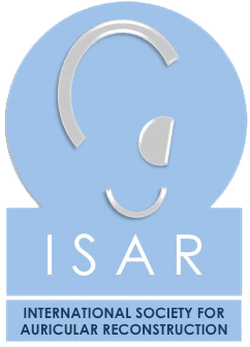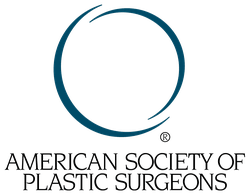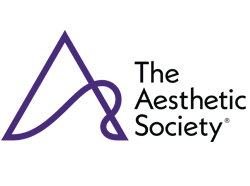Otoplasty Blogs

- Category: Blogs
There are many abnormalities and imperfections in ear shape that are congenital (present at birth). Ears can be overly protruding or have an unusual shape or both. These conditions can be treated effectively through ear surgery or otoplasty. If detected at birth and treated within the first few weeks of life, many of these conditions can be treated non-surgically with ear molding.
What is ear molding?
Ear molding is a type of non-surgical treatment that is performed right after birth. This treatment decreases the likelihood and sometimes eliminates the need for corrective surgery when the child is older.

- Category: Blogs
The ears develop during the first 4 weeks of fetal gestation. If that process does not occur completely, then various forms of underdeveloped ears may be present at birth. One of these conditions is called anotia and reconstructive ear surgery (the most major form of otoplasty) can help.
What is Anotia?
Anotia is the most extreme form of microtia. Microtia literally means “little ear” and can be just that - a little ear - or it can refer to almost complete absence of the ear with the presence of only a nubbin of tissue where the ear would normally be. Anotia refers to the complete absence of any ear remnant at all. Microtia is quite common but anotia is extremely rare; there is almost always some evidence of an ear. These conditions most commonly affect one ear (90% of the time) and much less commonly affect both ears (10% of the time). When the outer, visible portion of the ear is underdeveloped, the ear canal and eardrum are usually absent and the middle ear is also usually underdeveloped, resulting in hearing loss on that side.

- Category: Blogs
The size and shape of your earlobes are extremely important to the aesthetic appearance of your ears. Regardless of gender or hairstyle, the earlobes are the portion of the ears that are most visible. Because of genetics, aging, or trauma due to previous piercings or accidents, you may have misshapen or unsightly earlobes. In most cases, repair of the earlobe is a simple surgical procedure under local anesthesia in the office setting.
The earlobe is the fleshy, lower part of your external ear or auricle that, unlike the upper 3/4 of the ear, contains no cartilage. Although obviously piercings can occur anywhere, the vast majority of women have piercings of the earlobes.

- Category: Blogs
Your ears are a distinctive feature of your body. They have a series of hills and valleys that surround the ear canal. However, despite their complicated shape, not a lot of people actually pay attention to them, unless they are noticeably different from others.
When ears protrude excessively, people may notice and that is why it is common to seek otoplasty, the surgical correction of prominent ears. In some cases, the prominence is obvious and is a concern of the parents, long before the child notices. In other cases, insecurities start in the child him or herself at about 7 years old. While some consider having this surgery done earlier, a lot of people choose to undergo ear surgery when they are in their teens. Often parents reassure the children that “they are fine” but when the teenage years arrive, the children push for correction.

- Category: Blogs
The most common reason people seek an otoplasty is because the ears stick out and they wish to have them moved closer to the head. Some patients who request an otoplasty (plastic surgery on the ears), however, are interested in having smaller ears. Other patients think they just want their ears pinned back and don’t realize that they really should have the size of the ears reduced at the same time. Ear shortening is an under-appreciated part of otoplasty procedures.
Many patients are aware of the more common types of otoplasty but are not aware that the length of the ears can be reduced at the top or at the bottom, or both, with invisible or nearly invisible scars.
Related Articles
START YOUR INQUIRY!

Dr. Thorne is the Editor-in-Chief and the author of several chapters in Grabb and Smith's PLASTIC SURGERY, 7th Edition.
Ear Construction Chapter in PDF












